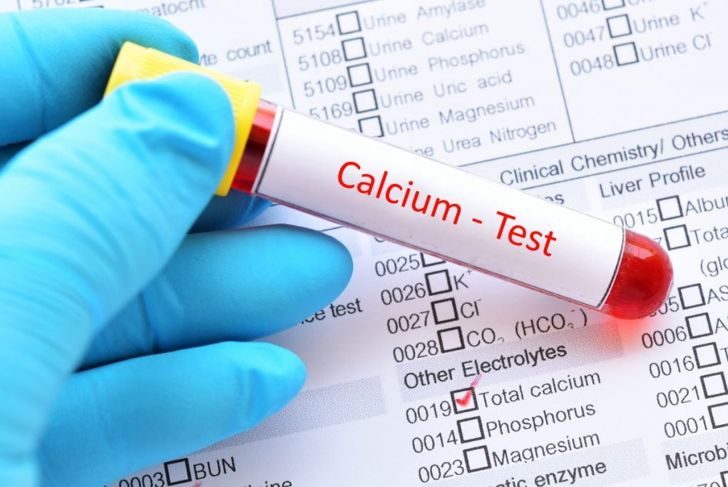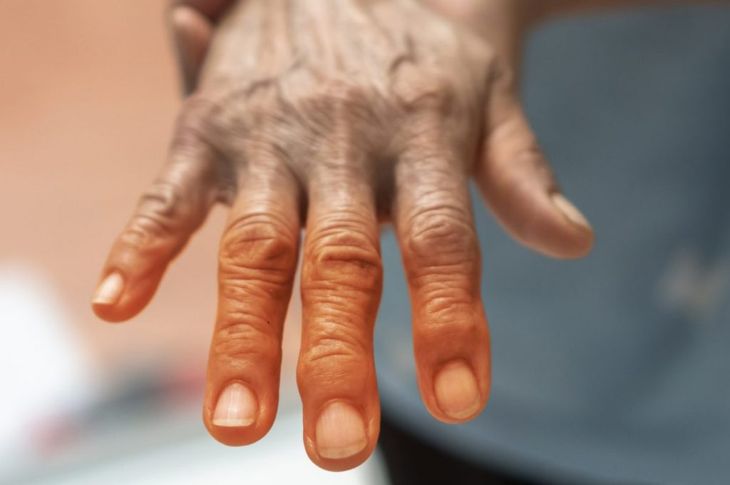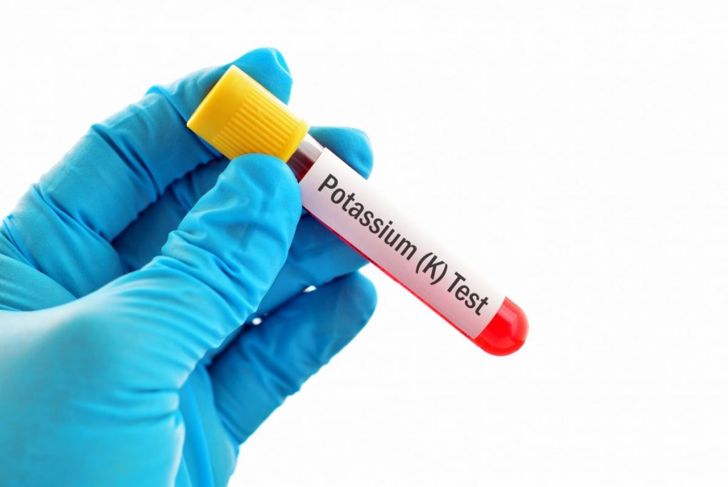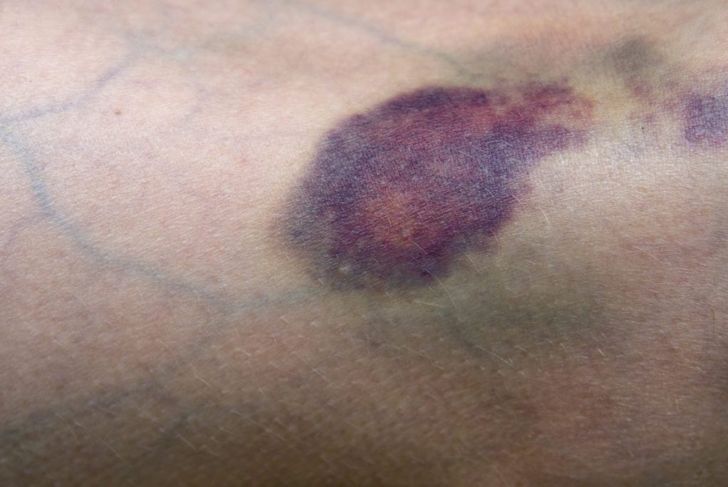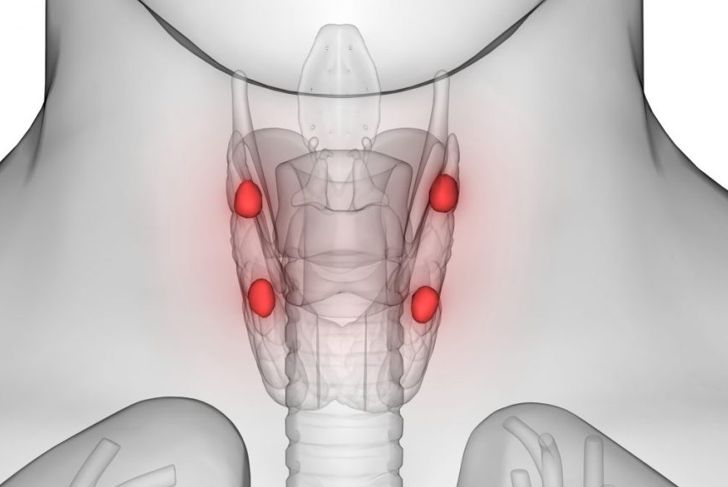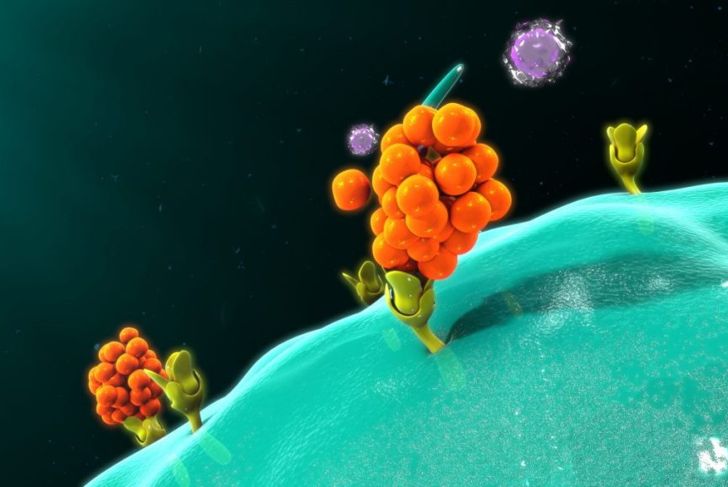Calcinosis cutis is an insoluble soft tissue calcification that can manifest anywhere on the skin or in the subcutaneous tissues. This unusual condition most often develops as a physical response to an injury. Generally, it is a one-time annoyance that is easy to treat. However, calcinosis cutis can, in some instances, be more severe and should be investigated by a doctor.
Dystrophic Calcinosis Cutis
There are five types of calcinosis cutis. The most common type, which is responsible for at least 95 percent of cases, is dystrophic calcification. In some cases, the skin around the mass is red, making the calcification look crystalline. In fact, the tissue that has been previously inflamed, damaged, or necrotic is a typical site for these formations. Research suggests that this type of calcification does not disrupt the movement of calcium or phosphorus throughout the body, which can make it tricky to diagnose if the physician is not familiar with the condition.
Causes of Dystrophic Calcification
The cause of dystrophic calcifications depends on the disease or issue that prompts it. For example, in those with systemic sclerosis, a rare condition that causes skin tightening and vascular abnormalities, generalized calcinosis is a symptom that can manifest as small lesions or more severe. While rare, individuals with lupus are also at risk of developing dystrophic calcification.
Metastatic Calcinosis Cutis
Unlike dystrophic, metastatic calcifications cause widespread calcium salt deposits, and high serum calcium is one of the signs. The slowly progressive condition usually accompanies end-stage renal disease or calcium imbalances that accompany conditions such as hypervitaminosis D, a rare condition caused by too much vitamin D. This is known as the benign form of metastatic calcinosis cutis. The malignant form occurs with some carcinomas, leukemia, and lymphomas.
Idiopathic and Iatrogenic
Calcium deposits that occur without any other metabolic issues or tissue damage are known as idiopathic calcifications. This form of calcinosis cutis is not widespread. An individual may also develop iatrogenic calcification as a secondary symptom of certain treatments. For example, if someone is receiving an IV of calcium or phosphate, the skin around the area can develop calcifications. Neither of these types is considered life-threatening.
Complications of Calcinosis Cutis
While calcinosis cutis is a complication of certain diseases, it can result in complications itself. Depending on the size and location of the deposit, it can be painful and disfigure the area. In other cases, deposits compromise movement, especially if they are near joints or are impinging on nerves. This can have a detrimental effect on healthy individuals, but it is especially painful for those with preexisting conditions such as rheumatoid arthritis.
Calciphylaxis
Calciphylaxis is a life-threatening form of calcinosis cutis. In addition to skin lesions, the condition causes blood clots or wound infections that do not heal in people who have had a kidney transplant or are on dialysis. Calciphylaxis affects small- and medium-sized blood vessels, particularly the arterioles. The exact causes are unknown, but due to the clotting problems, calciphylaxis results in imbalances in serum potassium, calcium, and magnesium levels.
Calciphylaxis Risk Factors and Symptoms
While renal complications are considered the main risk factor for calciphylaxis, being female and being obese can also cause the condition, because skin ulcers are less likely to heal in areas where fat content is higher, such as the stomach and thighs. Large, purple skin patterns may indicate skin and fat cyanosis, which can lead to necrosis, sepsis, and possibly death.
Diagnostic Testing
In addition to identifying insoluble salts, when a doctor suspects calcinosis cutis, she may order blood tests that specifically check phosphate and calcium levels and kidney function. In the case of dystrophic and idiopathic calcinosis, calcium levels remain normal, but phosphate levels could indicate cell necrosis. The doctor may also look for elevated vitamin D and lower parathyroid hormone levels, which can indicate the parathyroid gland’s inability to control calcium levels.
Medical Treatments
Treatment options are numerous and depend on the type of calcinosis, as well as any underlying conditions. Calcium channel blockers are common and can reduce the amount of calcium that enters cells and how many macrophages are dispatched to damaged tissue. If vitamin K levels are high, blood thinners can help achieve normalcy, improving smaller lesions. When sclerosis is present, biphosphonates may reduce cytokine release and the reabsorption of calcium, but the side effects include low calcium, phosphate, and magnesium, among other reactions.
Surgical Option and Recurrence
The chance of calcinosis cutis developing again is minimal, but in the case of the idiopathic or dystrophic types, where the cause is unknown, recurrence may occur. If the location of the calcification limits movement, such as in the knee, doctors may remove the growth through surgery and prescribe medication to prevent a recurrence.

 Home
Home Health
Health Diet & Nutrition
Diet & Nutrition Living Well
Living Well More
More